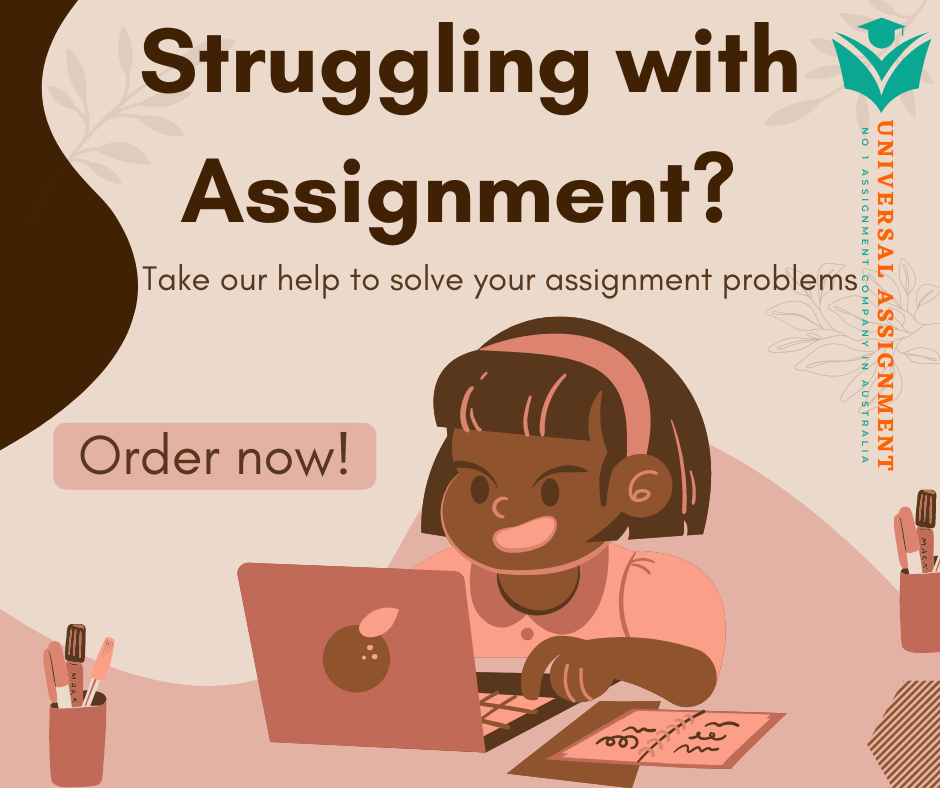Cloud gaming is a form of online gaming in which the actual game is run on powerful servers far away from the actual user. The game is then streamed to directly to the user’s device. The cloud gaming model works on the similar idea of video-on-demand services like Netflix, Amazon Prime, and Hulu. The software on the side of the client would manage all the commands and then send them to the server and be executed inside the game. Cloud gaming requires a subscription which can be billed on either a monthly or annual basis. However, some cloud gaming services also require the user to buy the game on top of the subscription fees to be able to play the game. Cloud gaming provider Nvidia has the games the user purchases come from other online retailers like Steam which means that they can be used locally if the user purchases the hardware needed to run the games down the lane. The only downside to this is that the user must endure an exceedingly long wait time to be able to play the games. Even after the wait, the time slot for playing is noticeably short to be enjoyable. The only ‘workaround’ for this is to upgrade to a more premium subscription. This enables the user to skip most of the waiting time and get more time to play. Nvidia’s GeForce’s current biggest competitor Google Stadia uses a model different to its own. A user can purchase a game with permanent ownership on Google’s own platform and then be streamed to any device the user owns in full high definition. Unlike Nvidia GeForce Google Stadia does have a waiting time to start playing. Buying the paid subscription for Google Stadia will even increase the max resolution available to play to 4K UHD and make available a library of complimentary games if the user remains subscribed to the cloud gaming service. However, unlike Nvidia’s GeForce Now Google’s Stadia does not allow a person to download and play the video games locally.

How Does Cloud Gaming Work?
Cloud gaming-based operators offer their services through either a dedicated application or through a web browser. One example could be Google Stadia which runs through a web app on desktop personal computers. Google also offers a web application to play in the Safari browser on the various Apple devices. Android users also have the option of a dedicated application available on the Google Play Store. In every case though the user must click on the ‘play’ button to start the streaming service. All major cloud gaming services tend to be compatible with latest available controllers via the process of Bluetooth in addition to the traditional method of a keyboard and mouse. Devices which use the touch screen feature have the option of on-screen controls. Even Google’s Stadia is compatible with the above feature unless a user is cloud gaming through the Chromecast Ultra feature in which case the user would need to purchase the controller offered by Google for seventy dollars. In a sense the user would have to access to a gaming personal computer inside a massive data centre. Although different services offer different ways of cloud gaming. An example could be Shadow Cloud Gaming service through which a user gains access to a complete Windows 10 device. This is in the cloud of course and not locally. Microsoft’s Game Pass streaming on the other hand uses a collection of Xbox One S consoles bundled together to create one powerful server. The end result however for every service is the same. The user ends up ‘borrowing’ a ridiculously small amount power from an ultra-powerful supercomputer hundreds of kilometres away. The server works on rendering the game while sending you a video stream of the game at the same time. Cloud gaming is a two-way process in which a player would send in the commands to the server which it would process and instantly send back to the player.
History of Cloud Gaming and it’s Future
The earliest form of cloud gaming had been attempted in the early 2000s. However, it is only by start-ups like OnLive and Gakai that cloud made any practical progress. OnLive offered a subscription model similar to cloud gaming services today and Gakai worked more of a game demo provider. Game companies would generally pick Gakai over OnLive as video game companies were generally wary of the whole subscription model. Both were eventually bought by the Japanese conglomerate Sony with Gokai becoming what is today known as PlayStation Now and OnLive products being assimilated into Sony’s line-up of products. OnLive however remained unprofitable throughout its existence. Other more recent cloud gaming offerings like Nvidia’s GeForce Now was launched as Nvidia Grid, the French start-up Blade offering its services since 2017. Google launching its Stadia service in 2018, Microsoft offering its own cloud gaming service called xCloud. In the year 2020 even, Amazon joined the fray with its service called Luna.
Needed Infrastructure for Cloud Gaming
Some of the most notable infrastructure requirements for cloud gaming are but not limited to-
-Massive data centres capable of handling tens of thousands of users at once.
-Server farms to actually run the picked games.
-High bandwidth connections internet connections which offer low latency.
Pros and Cons of Cloud Gaming
-There would be no need to buy expensive hardware as all the heavy lifting would be done by the server handling the game.
-A large variety of games can played without the need to purchase them or even store all the downloads locally.
-It’s a very convenient way of playing video games as a person only needs a device like a smartphone to play even a AAA video game which would otherwise require beefy hardware to run.
-A person does not actually own any of the games.
-A fast and reliable internet connection is needed to comfortably play.
-There is always the issue of latency or input lag while playing.


